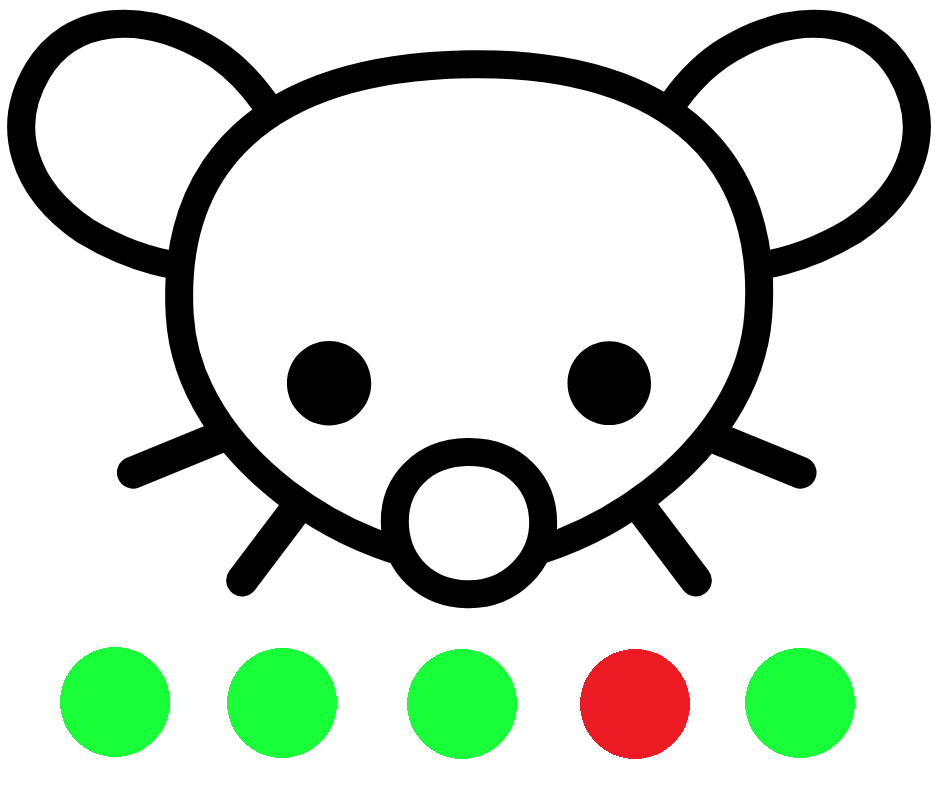Maybe. There is 120 different engame scenarios depending on the board state.
Most of them have the haunt-triggering player turn into an obvious monster - Frankensteins Monster, a Hydra, a Mummy. Then it’s a fight.
Other scenarios mean that whomever has all the artifact pieces (scattered across the board) wins. So now it’s a free for all and it turns into a very messy brawl.
Even other scenarios mean that one secretly chosen player wins, if they have a specific set of items. This one is especially gnarly, because this is the one that causes the words “Alright. I fire the shotgun at Jane as my first action.” and everyone is like “Oh my god! wat!”



IMO, no.
Assuming one bloke knows the rules, the game flows fairly smoothly. In the pre-haunt phase, you:
Once the group knows these base rules, the pre-haunt game goes very quickly, because you mostly move 2-3 squares (depending on your move points), draw a room, place a room, draw a card, resolve the card and pass on. If the group knows the game, this goes very quickly.
Once the haunt triggers, you have a builtin bio-break. Both the survivors and the evil guy have a bunch of new rules to read and understand. For my main crew, this usually takes 5 - 10 minutes to read and discuss strategies, and we usually combine this with bio-breaks, drink refills, snacks and such.
Comparing this with games like Arkam Horror, Eldritch Horror, or even worse, actual P&P games like DND, It is very smoooth and low-rule-lawyers to play.